Submitted by WA Contents
"China Goes Urban. The City to Come" exhibition opens at MAO Museo d'Arte Orientale In Turin
Italy Architecture News - Oct 21, 2020 - 11:35 6057 views
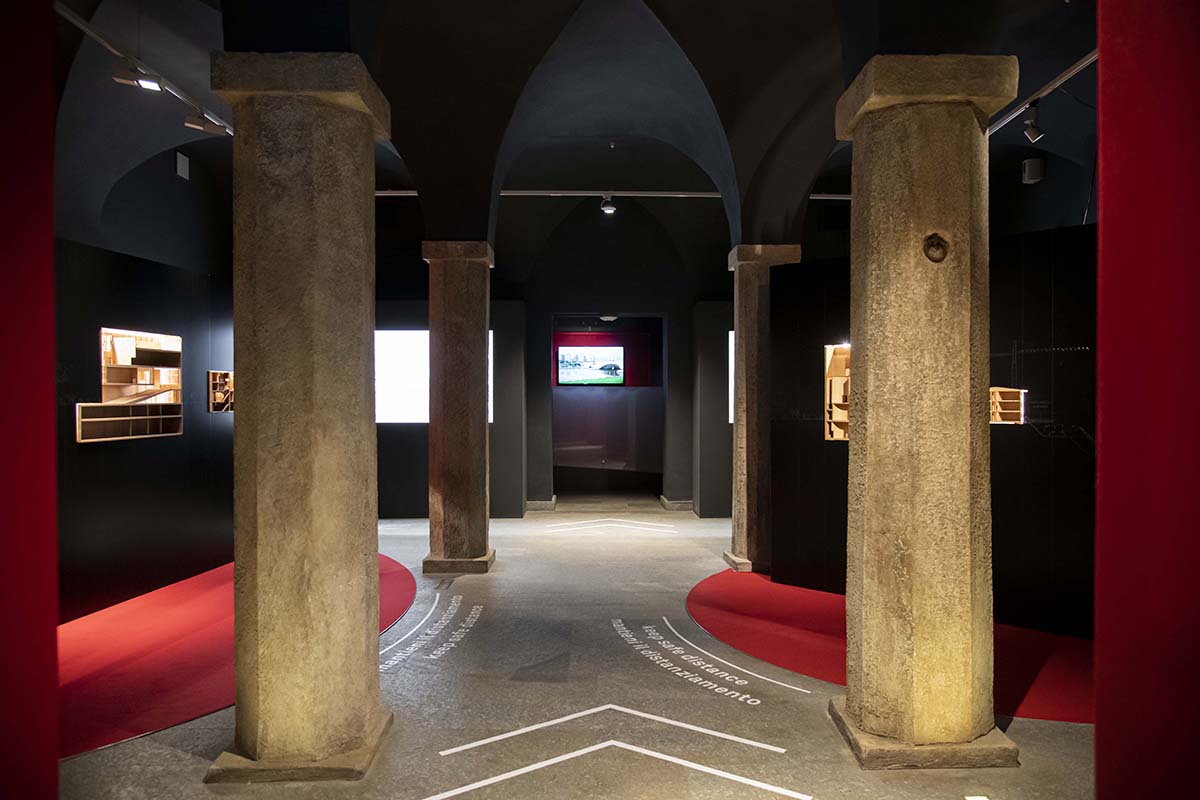
A new exhibition, entitled "China Goes Urban. The City to Come”, has been opened at MAO Museo d'Arte Orientale In Turin, Italy, the exhibition will be on view to the public until 14 February 2021.
The exhibition also presents a series of events within the scope of the exhibition until January 28, 2021, in which the details can be seen below.
The exhibition aims to question the urban, architectural and socio-economic change processes of contemporary China, considered as a mirror in which the possibilities and limitations of the contemporary city are reflected, in China as elsewhere.
Intertwining research and imagination, the exhibition is an exploration of four new cities: Tongzhou, Zhengdong, Zhaoqing and Lanzhou- through which to investigate the new Chinese urbanization and lead the visitor to question himself about (our) common urban future.

Image © Giorgio Perottino
While in 1978 only 18 per cent of the population in China lived in urban areas, currently the number of inhabitants in cities makes up 60 per cent of the total population.
Urban areas have profoundly changed and quickly extended. The exhibition is elaborated through photos, videos, installations, drawings, models, maps and infographics.
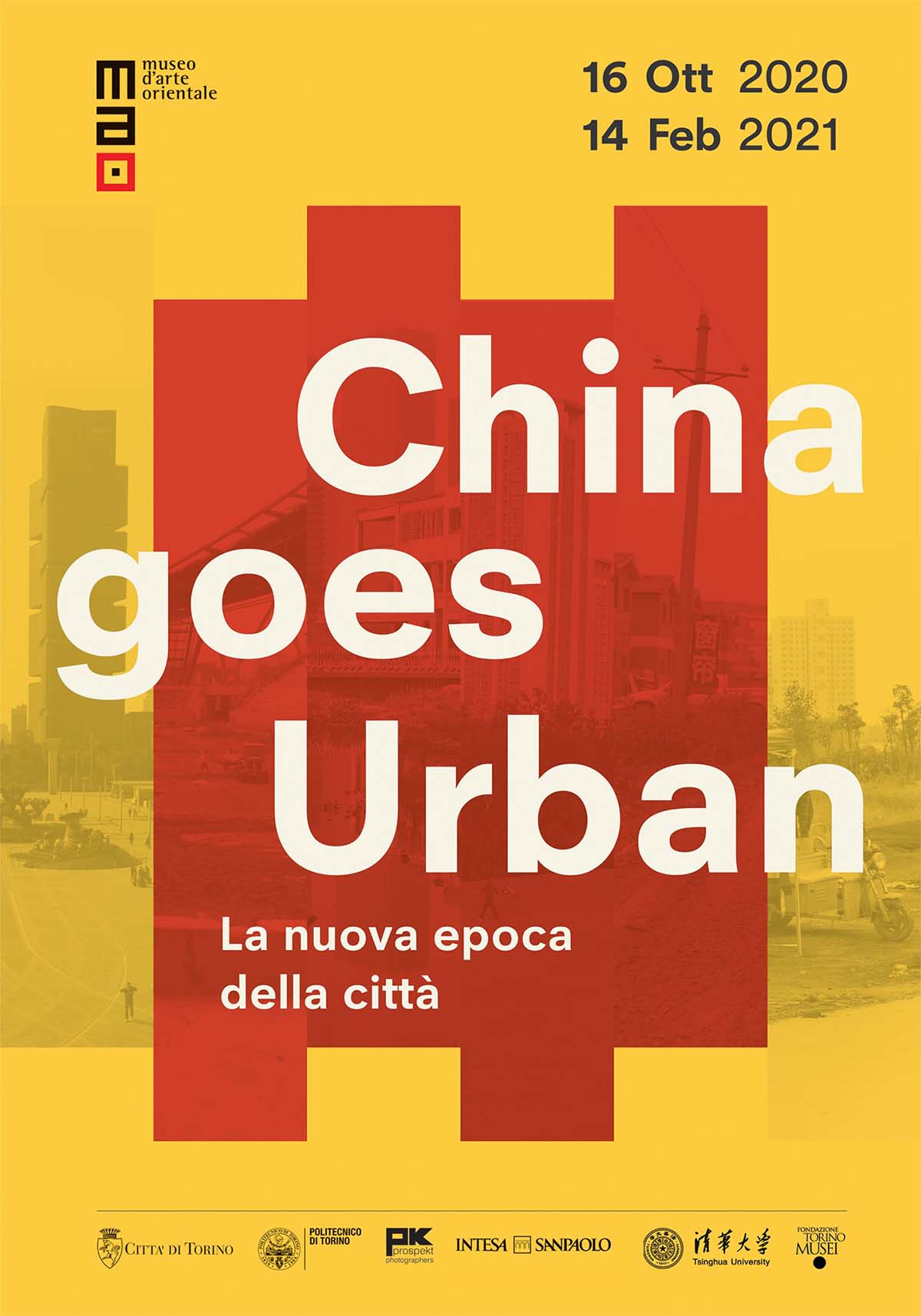
Image courtesy of the exhibition "China Goes Urban. The City to Come"
The City to Come guides the visitor on a journey of discovery of the contemporary Chinese city, connecting it with the planetary urbanization.
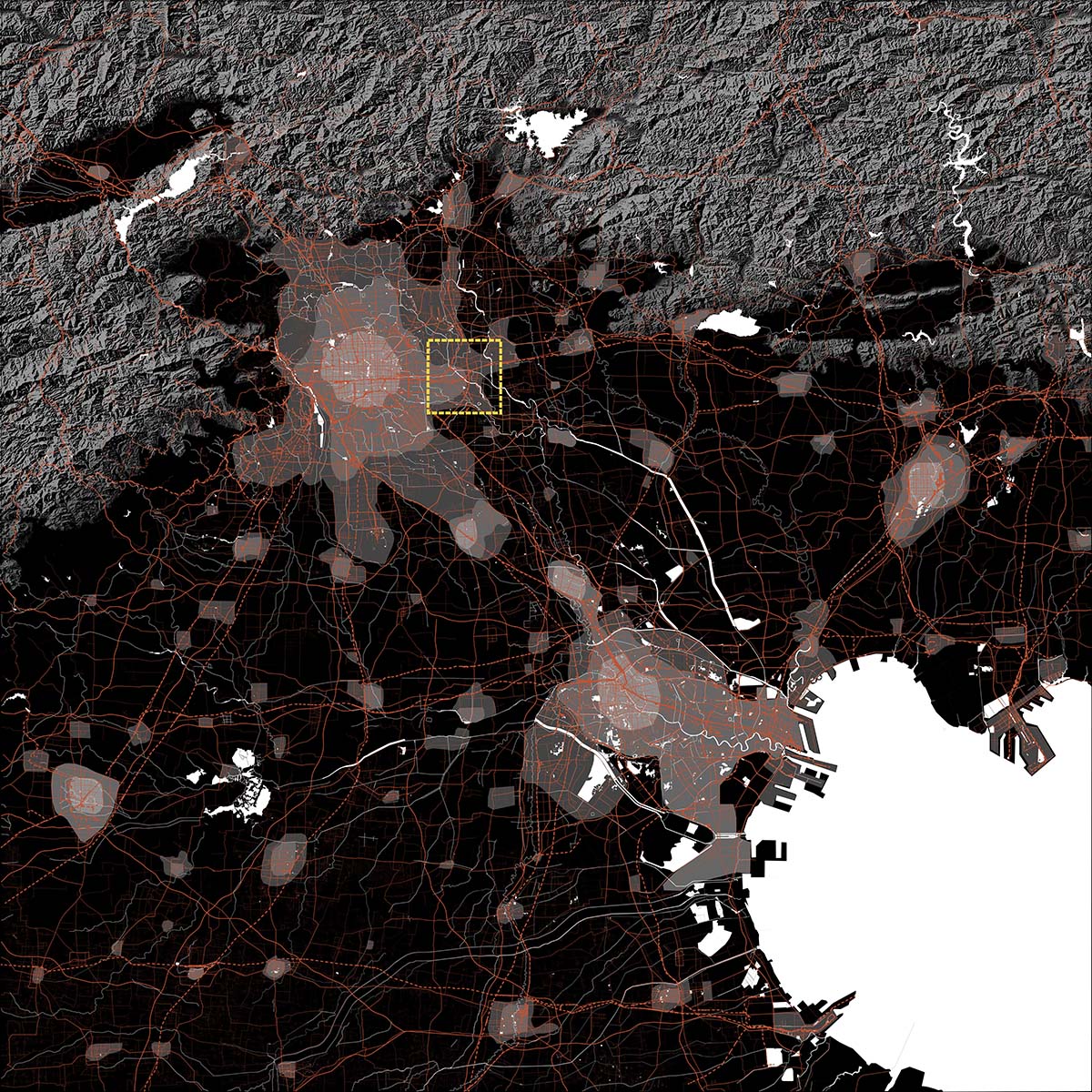
Tongzhou New Town and the regional urbanization, Astrid Safina for China Goes Urban, 2020.
The exhibition dismantles the alleged uniqueness of Chinese urbanisation, indicating to what extent today changes in China are not foreign to us and our existence in the world.
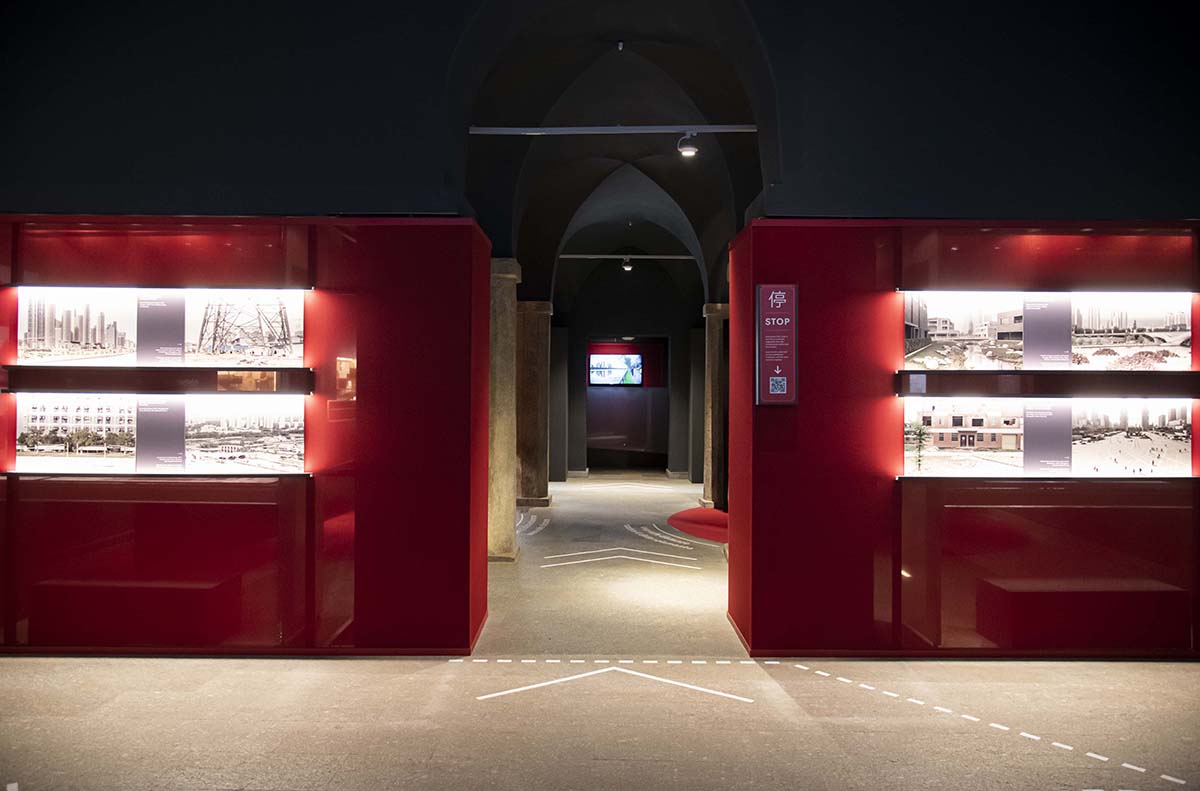
Image © Giorgio Perottino
While in the western part of the world there seems to be a growing sensitivity and interest towards the theme of the countryside, China is experiencing a constant and incessant movement of people from the countryside to cities.
New infrastructure and new settlements change the Chinese landscape, transforming property rights, overwhelming administrative borders, eroding rural spaces and villages.

Image © Giorgio Perottino
Curated by Politecnico di Torino (Michele Bonino and Francesca Governa, with the collaboration of Francesco Carota, Maria Paola Repellino and Angelo Sampieri) and Prospekt Photographers Samuele Pellecchia, Francesco Merlini with Tsinghua University in Beijing, “China Goes Urban” is organized in collaboration with Intesa Sanpaolo.
The exhibition is the result of years of research and offers the public a new and broad perspective that traces a line of continuity between past, present and future, connecting the culture of traditional China with the impressive transformations of contemporary Chinese cities.
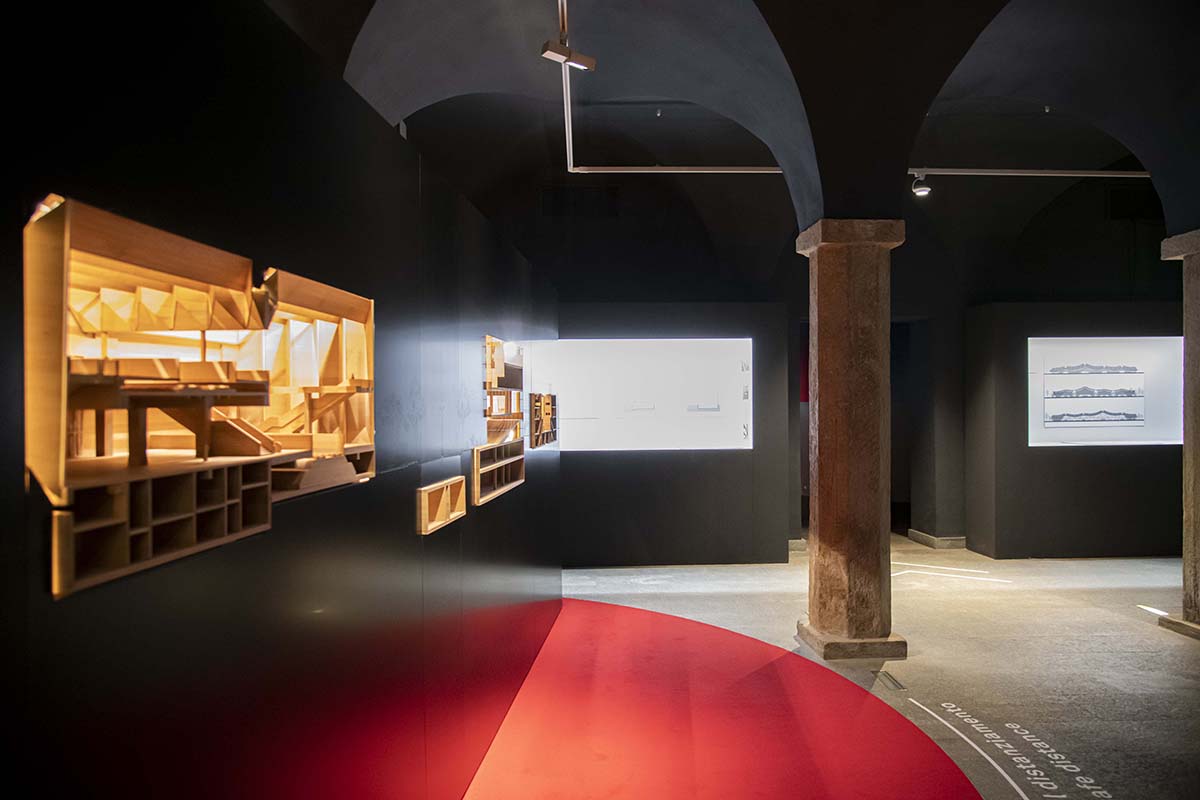
Image © Giorgio Perottino
An opportunity to deepen and question the challenges posed by the urban changes taking place not only in China, but all over the planet.
Starting from the exploration of some new Chinese cities and the contradictions triggered by the frenetic processes of urbanization and urban expansion, the exhibition aims to stimulate a reflection on the city of today and the future.
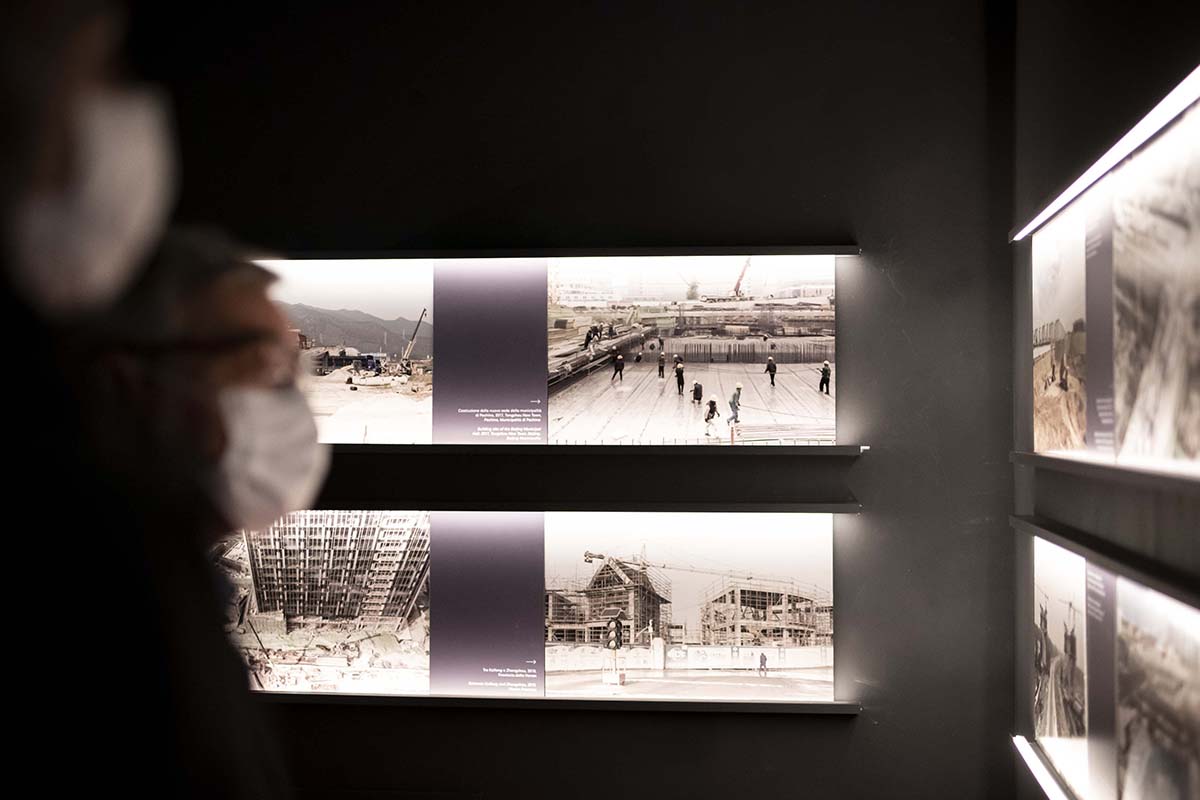
Image © Giorgio Perottino
"Every year, more than 16 million people in China move from rural to urban areas, creating what is considered the largest mass migration the world has ever seen. This is not an ‘exceptional’ process, but a global trend," said a press release.
"But the phenomenon of planetary urbanization does not only imply an increase in the population of cities or the development of settlements, but also an intensification of social, economic, political and functional relations between different regions of the world."
"This model of development, which has established itself over the centuries, has limitations and contradictions, both from an environmental and socio- economic point of view, particularly evident in the current phase of uncertainty due to the health emergency and the consequences in economic terms and the worsening of inequalities," it added.
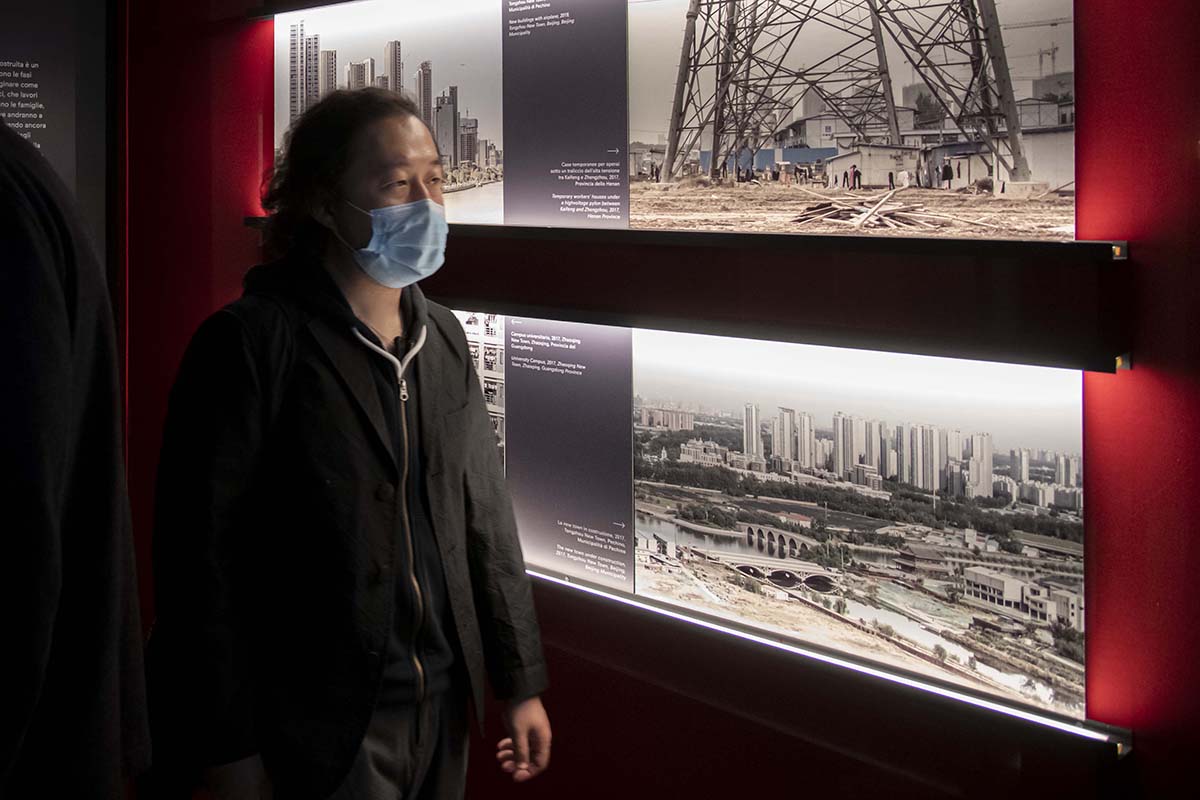
Image © Giorgio Perottino
The exhibition is divided into three main themes defining the characteristics of Chinese urbanization
At the center of the exhibition are three main themes that define the characteristics of Chinese urbanization: the fragment, as a specific feature of the contemporary city and its architecture; infrastructure, a key element of urban functioning; and the overcoming of the city/country dichotomy in favor of new forms of urbanization extended to overcome entities defined as stable.
The path of the exhibition unfolds along two logical sequences: the first one starts with the reconstruction of an exhibition hall, an iconic place typical of the Chinese new towns, where public administrations and construction companies stage the city to promote its lifestyle and successes, and arrives at global urbanization.
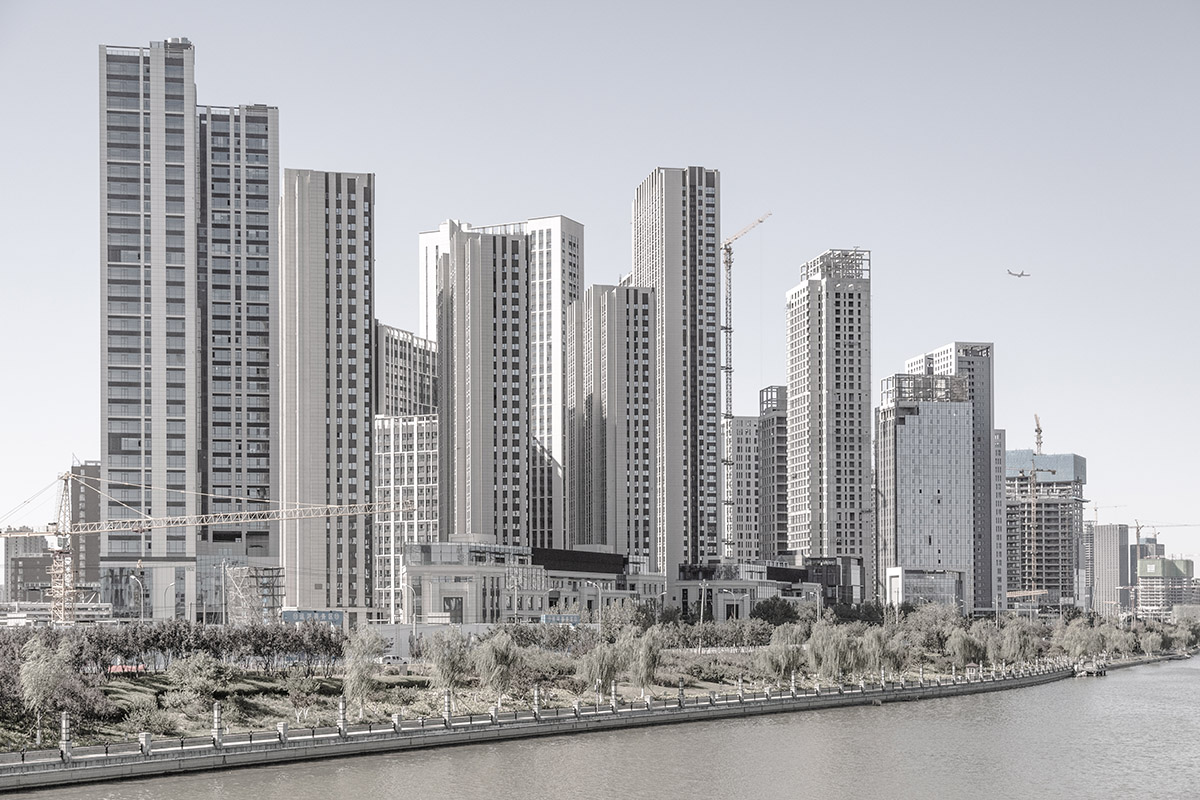
New buildings with airplane, 2019, Tongzhou New Town, Beijing, Beijing Municipality. Image © Samuele Pellecchia.
The second sequence moves from empty and atonal spaces to people, to individuals filmed in their daily activities or in portraits “located” inside the new settlements.
The two sequences intertwine continuously, gradually dismantling the reassuring concept of Chinese “exceptionality”: what appears exotic and distant from a superficial glance is much more familiar than we think.
The new Chinese urbanization no longer appear as “other than us”: in the new towns of contemporary China daily life is made of the same small gestures that life is made of at every latitude and the people who perform them are no different from us in their behaviors, practices, desires.
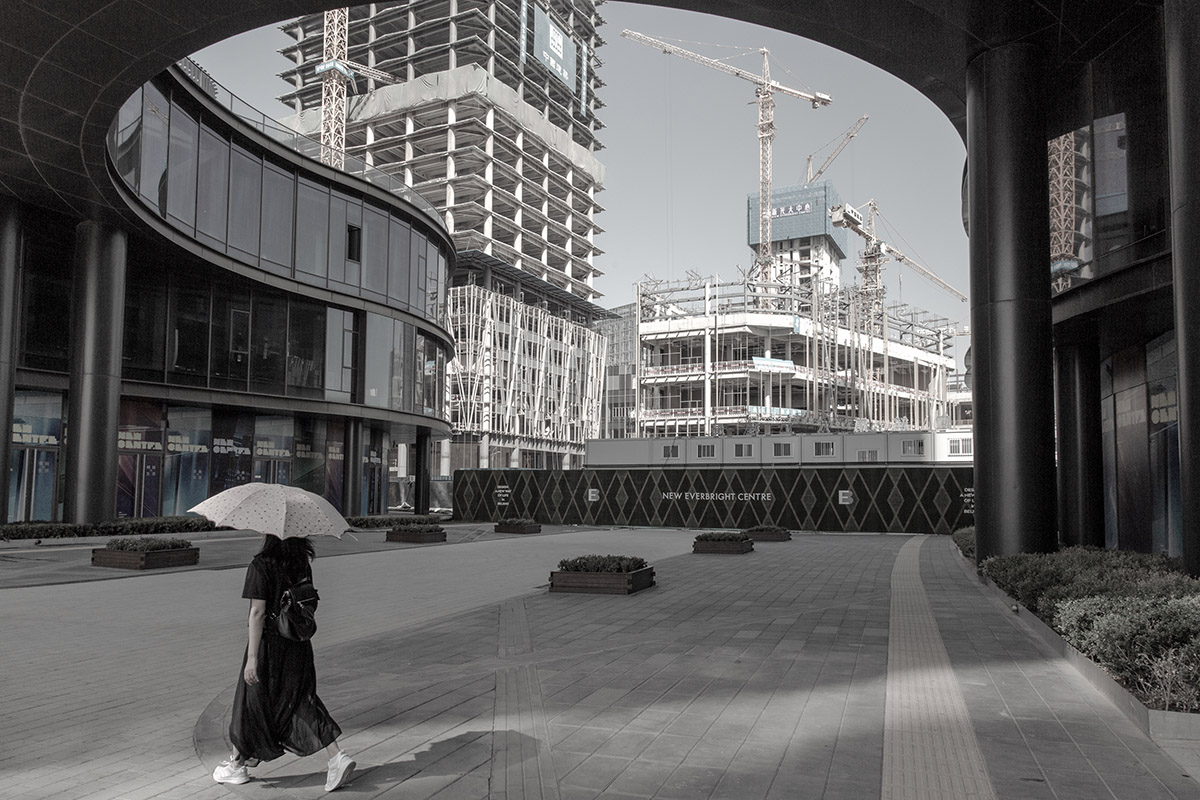
Central Business District, 2019, Thongzhou New Town, Beijing, Beijing Municipality. Image © Samuele Pellecchia.
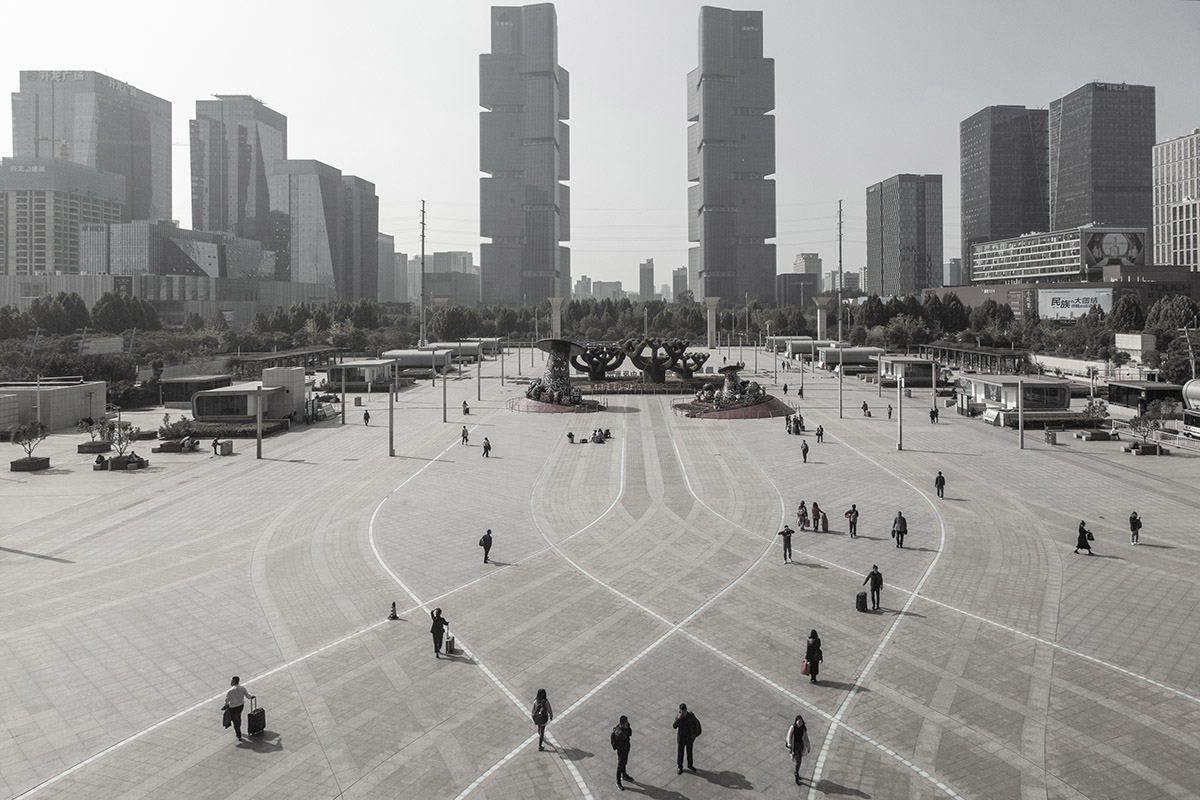
Square of the Zhengzhou East railway station, 2019, Zhengzhou, Henan Province. Image © Samuele Pellecchia.
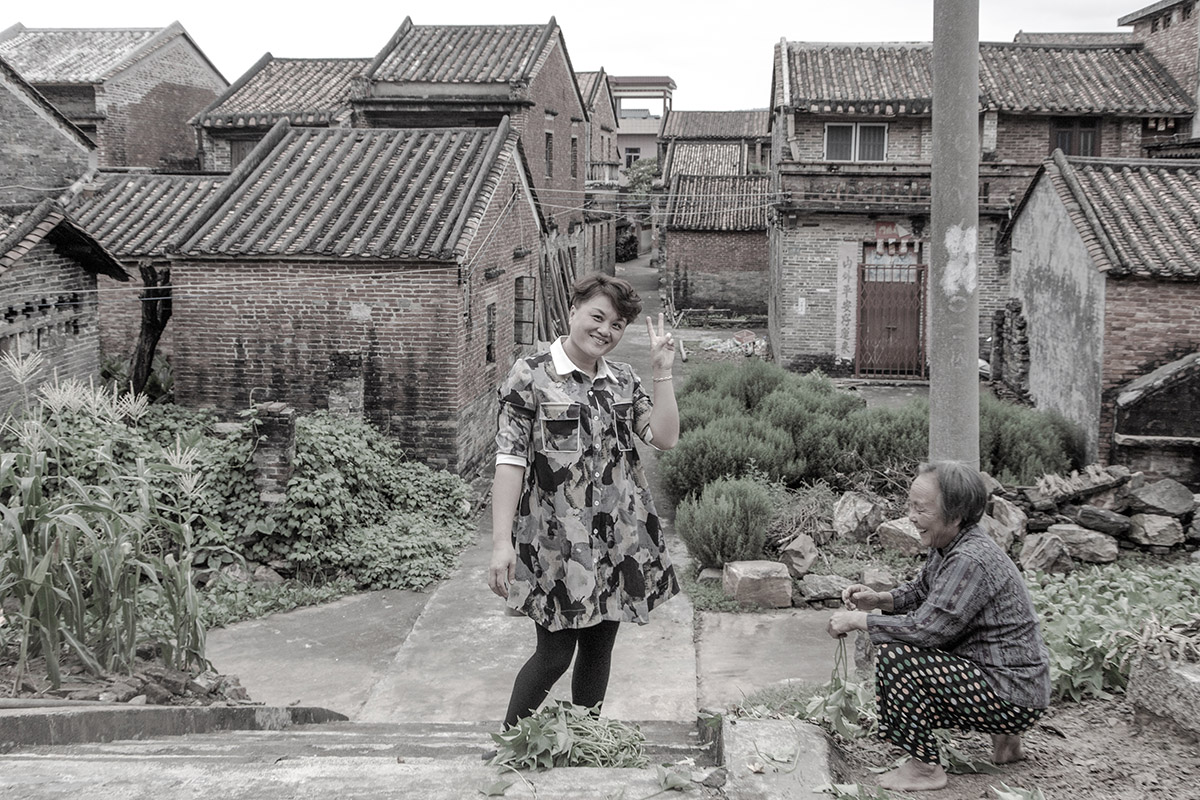
Family Portrait in Guanglizhen, 2017, Zhaoqing, Guangdong Province. Image © Samuele Pellecchia.
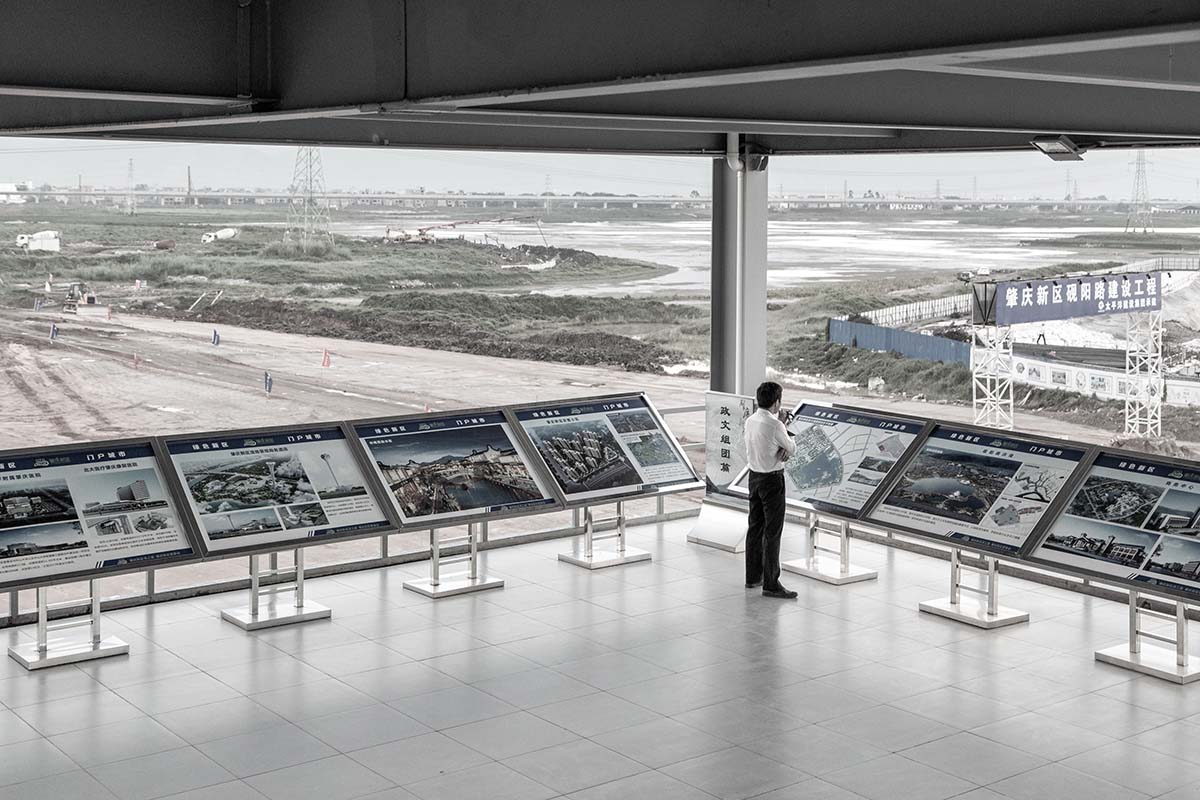
Plans, rendering and design drawings in the middle of the building site, 2017, Zhaoqing New Town, Zhaoqing, Guangdong Province. Image © Samuele Pellecchia.
Program of events
WALKS AROUND THE EXHIBITION: Talks in the museum’s halls, conducted by Claudio Jampaglia.
Saturday 24 October 2020 at 3 pm | Leggere la città: da vicino, da lontano: with Alessandro Amaducci, Università di Torino, and Samuele Pellecchia, curator of the exhibition
Saturday 31 October 2020 at 3 pm | Il potere dell’infrastruttura: with Giorgio Cuscito, Limes, and Francesca Governa, curator of the exhibition
Saturday 7 November 2020 at 3 pm | Il sogno urbano: with Daniele Brombal, Università Cà Foscari, and Michele Bonino, curator of the exhibition
Saturday 14 November 2020 at 3 pm | Materiali urbani e progetti di città: with Augusto Cagnardi, Gregotti Associati International, and Laura Lieto, Università di Napoli Federico II. Event in collaboration with Biennale Tecnologia
LESSONS ON CITIES AND INNOVATION: Observations on China and the world, in the words of scholars from the Politecnico.
Thursday 19 November 2020 at 5 pm | Lezione di apertura: with Plinio Innocenzi, Università di Sassari, and Roberto Pagani, Politecnico di Torino and Scientific Attaché of the Italian Consulate General in Shanghai
Thursday 3 December 2020 at 5 pm | Ripensare il villaggio tradizionale cinese: with Carla Bartolozzi, Politecnico di Torino, and Du Qian, Shanghai Jiaotong University
Wednesday 9 December 2020 at 5 pm | Il progresso dell’industria delle costruzioni in Cina: with Bruno Briseghella, Fuzhou University, Giuseppe Carlo Marano, Politecnico di Torino, and Camillo Nuti, Università Roma Tre
Thursday 17 December 2020 at 5 pm | Towards Socially Integrative Cities: with Francesca Frassoldati, Politecnico di Torino, and the authors of the new book on sustainable cities in Europe and China (event in English)
Thursday 7 January 2020 at 5 pm | Un’idea orientale di postmodernismo: with Antonio di Campli, Politecnico di Torino
DOUBLE INTERVIEWS: Dialogues and points of view on the places of Chinese urbanization.
Thursday 14 January 2021 at 6 pm | Il modello Inner Mongolia: notizie dal fronte settentrionale: with Steve Bisson, Paris College of Art, and Alessandro Zanoni, art director and photographer
Thursday 21 January 2021 at 6 pm | New Districts and Beautified Villages in Urban China: with Gary Hack, Massachusetts Institute of Technology, and Tim Oakes, University of Colorado Boulder (event in English)
Thursday 28 January 2021 at 3 pm | Displaying the City: with Ole Bouman, Design Society Shenzhen, and Beatrice Leanza, MAAT Lisbon (event in English)
Special Events
Wednesday 11 November 2020 from 2.30 pm to 7 pm | China Goes Urban - The City to Come: International seminar with prominent experts in the fields of urban studies, architecture and urban planning.
Speakers: Ash Amin, University of Cambridge, Bian Lanchun, Tsinghua University, Ann Forsyth, Harvard Graduate School of Design, Liu Jian, Tsinghua University, Lu Andong, Nanjing University, Bernhard Müller, Technische Universität Dresden, Brent D. Ryan, Massachusetts Institute of Technology, Michele Bonino and Francesca Governa, Politecnico di Torino
Event in collaboration with Biennale Tecnologia (in English)
Thursday 4 February 2021 at 6 pm | Closing conference: Stefania Stafutti, Università di Torino, in conversation with the curators.
For detailed information and programme updates, please visit MAO Museo d'Arte Orientale.
To attend the events it is necessary to make a reservation at the following email address: [email protected]
Top image © Giorgio Perottino
